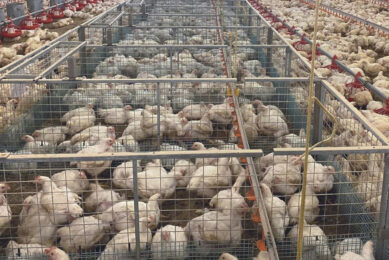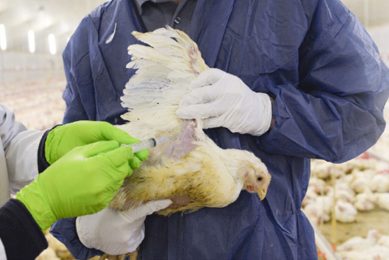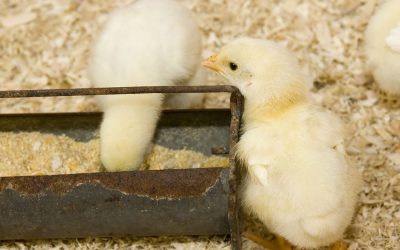Understanding mycotoxins: Effective management through biomonitoring
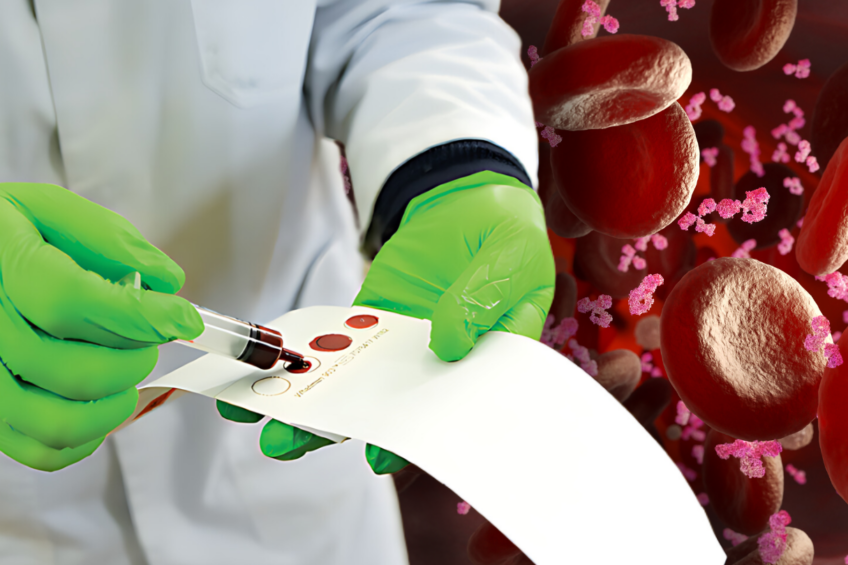
The term “mycotoxin” combines the Greek word for fungus, “mykes,” and the Latin word “toxicum,” meaning poison. Awareness of these dangerous toxins has grown significantly within the scientific community and among public health authorities due to increasing research and recognition of their risks.
The hidden dangers of mycotoxins
Mycotoxins are toxic metabolites produced by fungi, with no safe exposure levels due to frequent co-contamination and synergistic effects. This poses a significant threat to both animal health — where contaminated feed is a major source — and the human food chain. Mycotoxins can also contaminate water and barn animal litter, spreading through rain, irrigation, or contaminated fields used for hay and straw. While it is possible to control fungi in storage, managing mycotoxin production in the field remains challenging.
Rising contamination and widespread impact on health and profits
Mycotoxins are common in cereals (maize, sorghum, rice, wheat), oilseeds (peanut, soybean, sunflower, cotton), and fats used in animal feed, eventually entering the human food chain. Contamination has steadily increased over the past 13 years, driven by higher grain production, particularly in tropical and subtropical areas. The rise in international trade, temperature and humidity fluctuations, and global warming have created ideal conditions for mould growth and mycotoxin production.
The most common mycotoxins in food include aflatoxins, trichothecenes, ochra–toxins, zearalenone, fumonisins, and emerging mycotoxins as tenuazonic aenniatins. Several of these are immunosuppressive, impairing both humoral and cellular immune responses. They lead to liver toxicity, some even disrupt intestinal integrity, predispose cocci/clostridia and can be vertically transmitted. They can also cause kidney failure, avian gout, and affect fertility and hatching. Both sub-clinically and clinically they lead to heterogeneous flocks, causing significant economic losses. Moreover, their presence in the food chain poses a threat to human health.
Mycotoxin mitigation strategies
Researchers worldwide are investigating mycotoxin physiology to develop effective mitigation strategies, though many solutions come with new risks. Toxins are typically detoxified and excreted via urine, stool, bile, and to a lesser extent, the skin. Binders aid in eliminating toxins by binding them to bile and stool.
Fat-soluble substances, including certain vitamins and mycotoxins, are secreted by the liver into bile for detoxification. However, bile reabsorbed in the intestines can allow toxins to re-enter circulation. Binders are essential as they prevent this reabsorption, but proper dosage and the use of tested, certified products are critical to avoid toxin resorption due to their constipating effects.
The best solutions to mitigate mycotoxins
Mycotoxins can be controlled, reduced, or eliminated using various methods, including:
- Inert dietary supplements like clays, kaolin, and zeolites.
- Microbiological adsorption to cell wall compounds (peptidoglycan, glucomannan, β-D-glucan).
- Enzymatic biotransformation to less toxic or non-toxic compounds.
Binding has been the most common method, involving chemical interactions such as ion-dipole or hydrogen bonds and binder physical characteristics like pore size or the mycotoxin’s structure. To manage mycotoxins effectively, consider their polarity, molecular weight, and solubility.
- Polarity: Binders should adsorb both polar (e.g., aflatoxins, fumonisins) and non-polar (e.g., zearalenone) mycotoxins. Intermediate polarity toxins include deoxynivalenol, T-2 toxin, and ochratoxin A.
- Solubility: Aflatoxins, fumonisins, and ochratoxins are water-soluble. Bentonite clay is effective against these due to its negative charge. Yeast cell wall extracts are effective for water-soluble mycotoxins and can also, in certain extend, adsorb some fat-soluble ones.
- Molecular Weight: Smaller mycotoxins (e.g., aflatoxins) may be better adsorbed by clays, while yeast cell walls are more effective for larger mycotoxins like trichothecenes (deoxynivalenol and T2), zearalenone, and ochratoxin A.
All methods should be provided by scientific demonstrations to ensure safety, efficacy, and quality control. A mix of binders is usually more effective due to slightly different modes of action.
Optimising detoxification
Detoxification is not always entirely effective; some toxins can still enter the bloodstream. The liver, essential for over 500 functions, filters blood, breaks down toxins, and produces bile to aid digestion and waste elimination. Supporting liver function with herbal extracts, like β-D-glucans from S. cerevisiae yeast cell walls, is crucial for effective detoxification.
Fungi, including mycotoxin producers, thrive in lipid-rich substrates. The oxidation of unsaturated fatty acids leads to rancidity, creating ideal conditions for mould growth and releasing free radicals that damage lipids, cells, and nutrients. Antioxidants help inhibit oxidation, neutralise free radicals, improve feed quality, and prolong shelf life. Effective detoxification requires a multifaceted approach, combining binding, adsorption, liver support, and antioxidation strategies.
The real mycotoxin biomonitoring reference
Biomonitoring mycotoxins via dried blood spots collected on FTA cards has become the most advanced method for determining the true exposure to mycotoxins. Combined with feed analyses using LC-MS/MS (Liquid Chromatography-Mass Spectrometry), this approach provides the most accurate overview of mycotoxin detoxification.
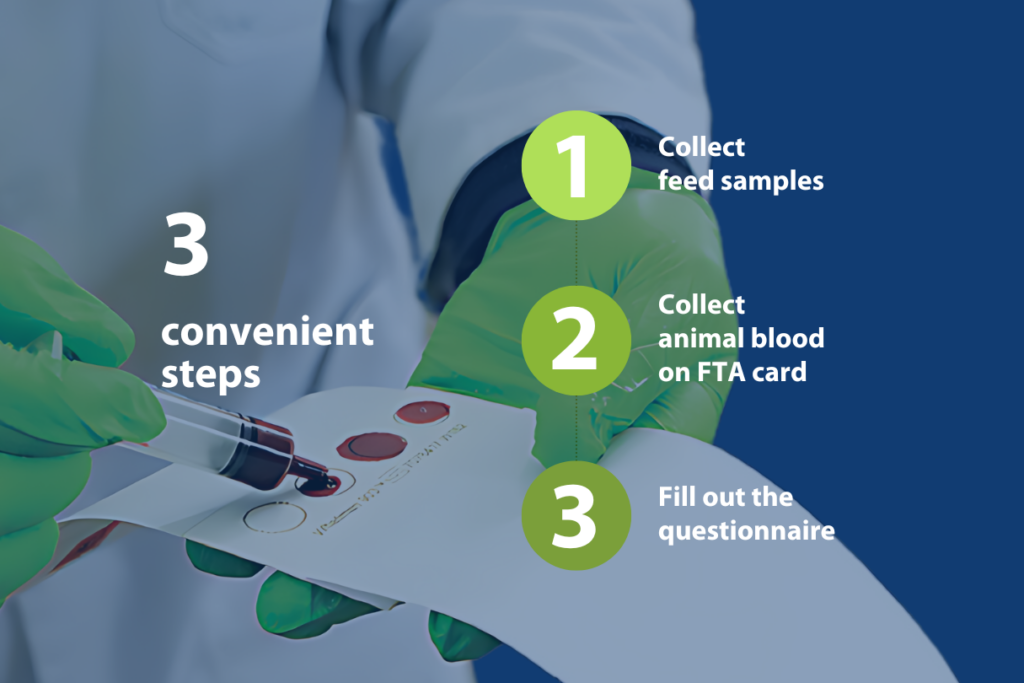
The Myco-Marker analysis includes 36 different mycotoxin biomarkers, including emerging mycotoxins, to comprehensively cover total risk. Blood is collected using FTA cards to facilitate the sampling process on farms, requiring just one drop of blood per animal.
Visit our site for more info on our unique biomonitoring services or if you’re interested in sampling your own farm to discover true exposure.



